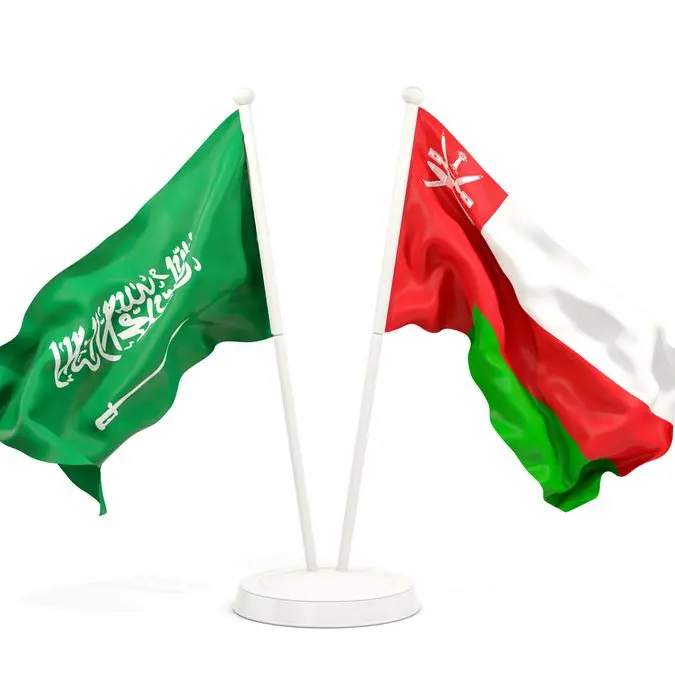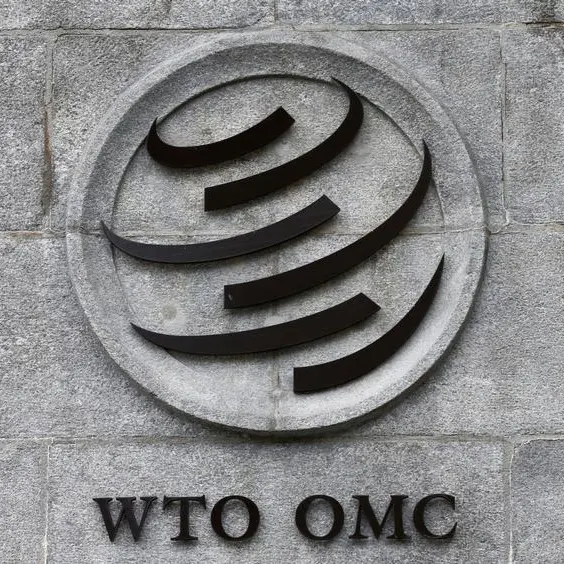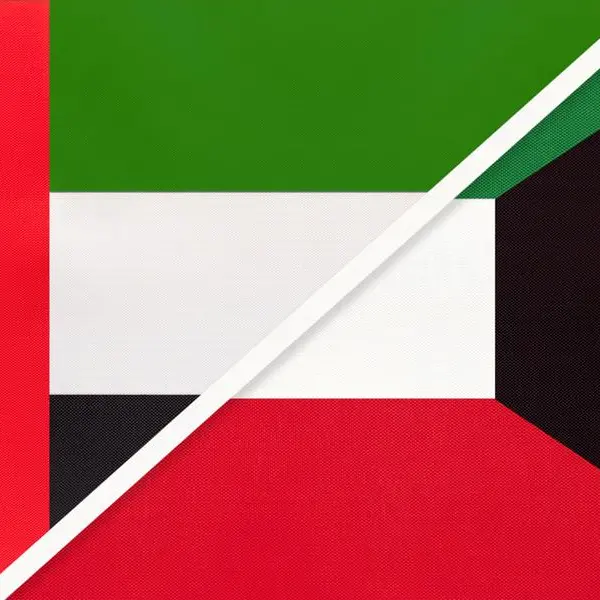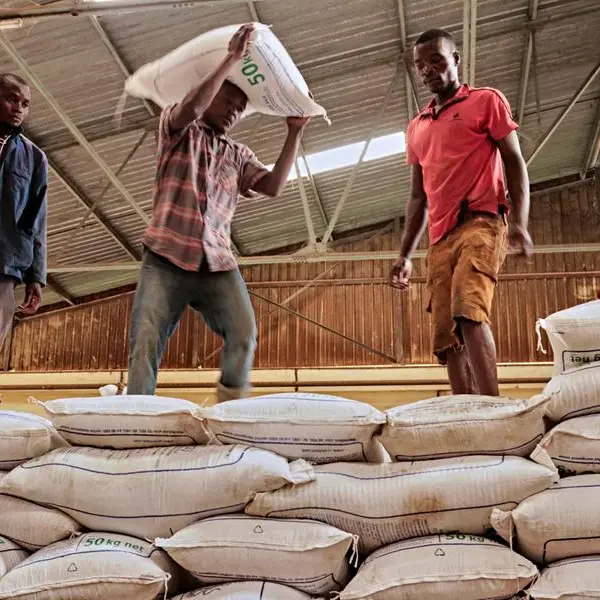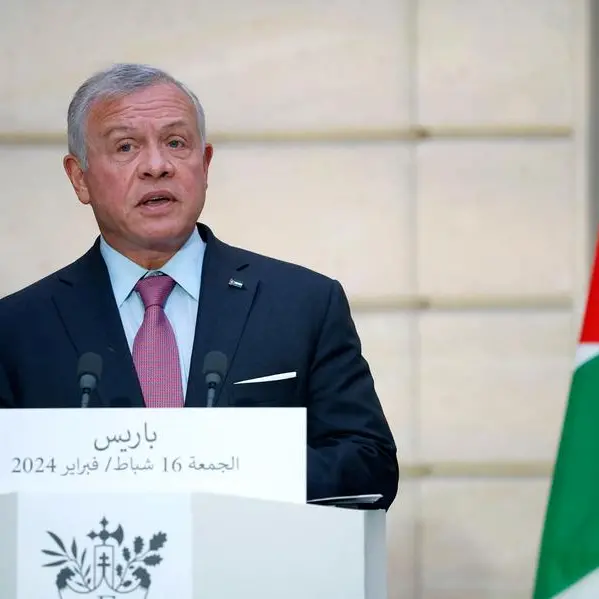PHOTO
DUBAI - During the past week, oil prices have risen to nearly $70 per barrel, up from $52 at the end of last year. If sustained during the rest of the year, higher oil prices will reduce the immediate government borrowing and external financing needs of GCC sovereigns, most significantly for Kuwait, Oman and Qatar, according to Moodys' Investors Service.
They will also increase the resources available to advance economic-diversification projects, stated the top ratings agency.
However, Moodys cautioned that the duration and durability of the current rally remains uncertain and there is a risk that the prospect of higher than budgeted oil prices will prompt governments to relax their fiscal consolidation efforts planned for the year and boost spending in areas that may be difficult to reverse when oil prices are lower like social spending and wages.
Despite the weak global oil demand, crude prices have risen in anticipation of a strong economic recovery this year on the back of the global vaccination drive and large government stimulus packages, especially in the US.
The oil price rally has also been supported by the greater than expected production restraint from the members of the Organization of Petroleum Exporting Countries (Opec), especially Saudi Arabia which announced in January that it would only produce around 8 million barrels of crude oil per day in February and March (extending this later to April), nearly 15% less than the production schedule agreed last April and 18% less than the average daily production rate during 2016-20.
In February, Opec as a whole produced 15% fewer barrels of crude oil per day than its output on an average during 2019.
If sustained during the rest of the year, higher oil prices will boost government revenues well above our expectations as well as the budgeted amounts, which were based on oil price assumptions in the $40-50/barrel range, stated Moodys in its review.
For the sovereigns with the lowest budgetary breakevens, higher oil prices could even result in fiscal surpluses and help to reverse some of the large debt increases during 2020, provided the additional revenue is not used to fund higher than budgeted spending, it added.
For example, as per Moodys estimate a $20/barrel increase in the average oil price could
improve GCC fiscal revenues (and government balances) by around 5-10% of GDP relative to its current forecasts.
Due to their large size of the oil and gas sector relative to the overall GDP, the effects would be most pronounced for Qatar, Kuwait and Oman, it stated.
However, Moodys warned that the current oil price rally could not sustain for long. "While the fuel prices will be volatile, occasionally breaching our medium-term $45-$65/barrel range, we expect prices to move to the middle of that range over time," it stated in its review.
Furthermore, there is a risk that higher oil prices exacerbate underlying credit weaknesses if the GCC governments take advantage of higher than budgeted oil revenues to increase spending in order to support domestic economic recoveries from the coronavirus shock, and especially if such increases materialize in areas where higher spending will be difficult to reverse, such as subsidies and wages, it added.
According to Moodys, the higher than budgeted oil revenues had led to such overspending relative to approved budgets during 2018 in Saudi Arabia, Oman, and Bahrain.
Overall, despite a large drop in oil and gas revenues since 2014, reductions in fiscal spending since 2014 have been relatively small and far from uniform across the region, highlighting different capacities to adjust to similar shocks in the future, it added.-TradeArabia News Service
© TradeArabia 2021

